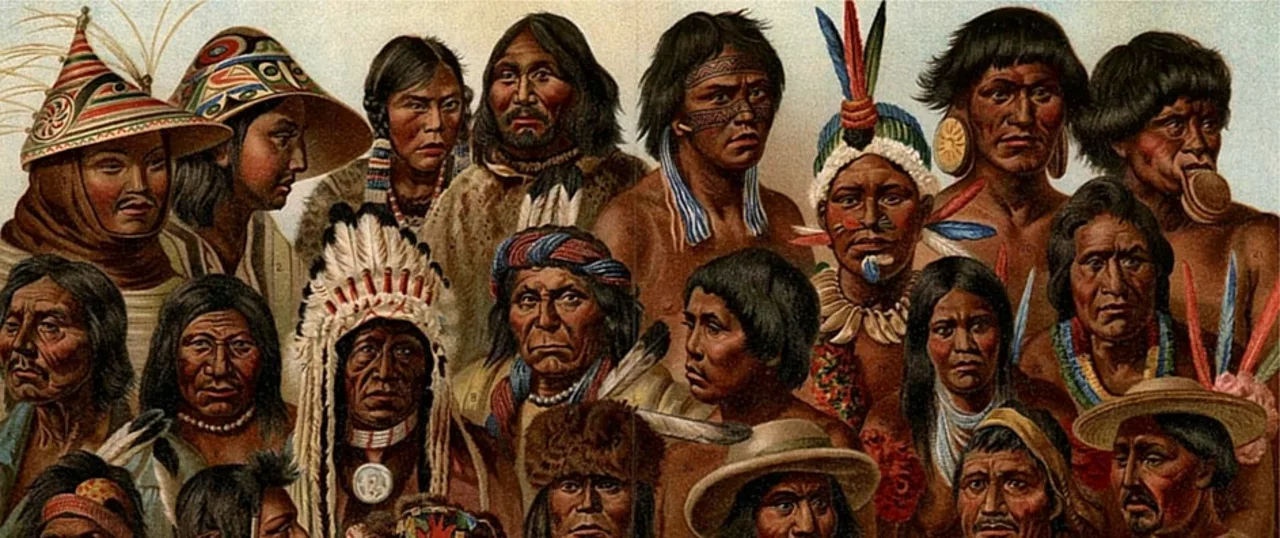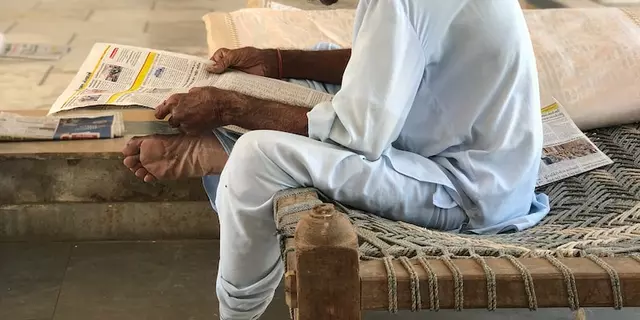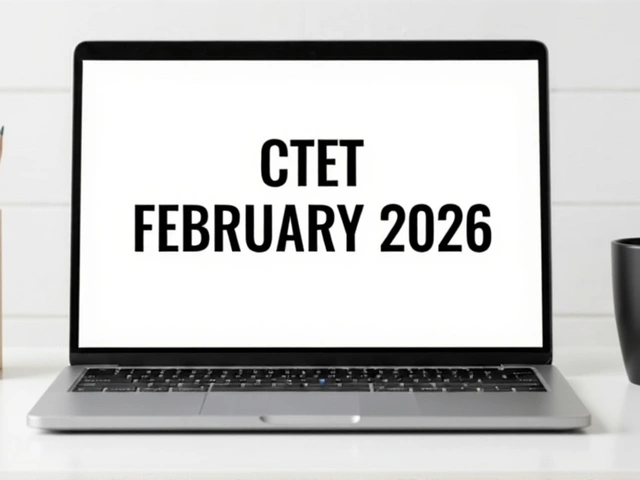Native American Culture
Native American culture covers hundreds of distinct peoples across the United States, each with its own language, history, and daily life. You’ll find people who maintain traditional practices and those who live a modern urban life — often both at once. If you want a clear picture, think of culture as a living mix: ceremonies and powwows next to contemporary art, family gatherings, and business meetings.
Physical appearance or clothing doesn’t define a person’s culture. Some wear traditional dress for ceremonies, while most wear everyday clothes like anyone else. Many people choose to express identity through jewelry, beadwork, names, language use, or participation in community events. If you meet someone, the polite move is to ask about their heritage rather than assume based on looks.
What to know about traditions and language
Tribes keep traditions alive in practical ways. Storytelling, dance, songs, crafts, and language classes are common. Some tribes run language immersion schools to teach kids their ancestral tongue. You can support that by attending public events, buying crafts directly from artists, or donating to cultural programs. Don’t take photos during private ceremonies and respect requests from elders.
Land, community, and property
Land holds cultural and spiritual meaning for many Native communities. Tribal lands, reservations, and allotted lands have their own legal rules that differ from state law. If you’re researching property near tribal areas, check tribal jurisdiction and consult tribe offices — laws on leasing, permits, and building can be unique. Many tribes also offer housing programs and community planning that reflect traditional values, like shared spaces and multigenerational living.
If you work in real estate or development, engage tribes early and listen. Ask about cultural sites, seasonal practices, and the tribe’s development priorities. Good projects come from partnerships that respect cultural needs and create local jobs and training.
Want to learn more without being intrusive? Read tribal websites and local museum guides, visit cultural centers, and attend public powwows or markets. Buy books and crafts from Native authors and artists. Follow tribal news outlets to get current perspectives on issues like housing, economic development, or language revival.
Supporting Native communities can be practical: hire Native contractors, buy local art with proper attribution, and donate to community-led programs focused on housing, education, or health. When sharing stories or images, credit the tribe and artist, and avoid stereotypes or assumptions.
Cultural respect makes a difference. Ask permission, listen to elders, and don’t reduce living cultures to a single image. Native American culture is varied, evolving, and deeply connected to land and family. Learning a little — the right way — helps you meet people as they really are, not as a stereotype.
If you want reliable reading, look for books written by tribal authors, local museum catalogs, and academic work with community co-authors. Attend virtual talks if you can’t travel. For purchases, ask for provenance and makers’ names. Small choices add up — they support culture, homes, and local economies in concrete ways. Start small today.

What do American Indians today look like?
American Indians today are a diverse group of people with a range of physical appearances. From traditional tribal dress to modern business attire, the modern-day Indian looks like a variety of different peoples, depending on their tribe. They have a broad range of physical features, including straight black hair, dark eyes, and high cheekbones, that often reflect their ancestral home. Additionally, the way they dress can be a mix of traditional and modern, often with vibrant colors and embroidery. All in all, American Indians today are a fascinating mix of cultures and backgrounds, with a wide range of physical appearances.
Native American Culture



